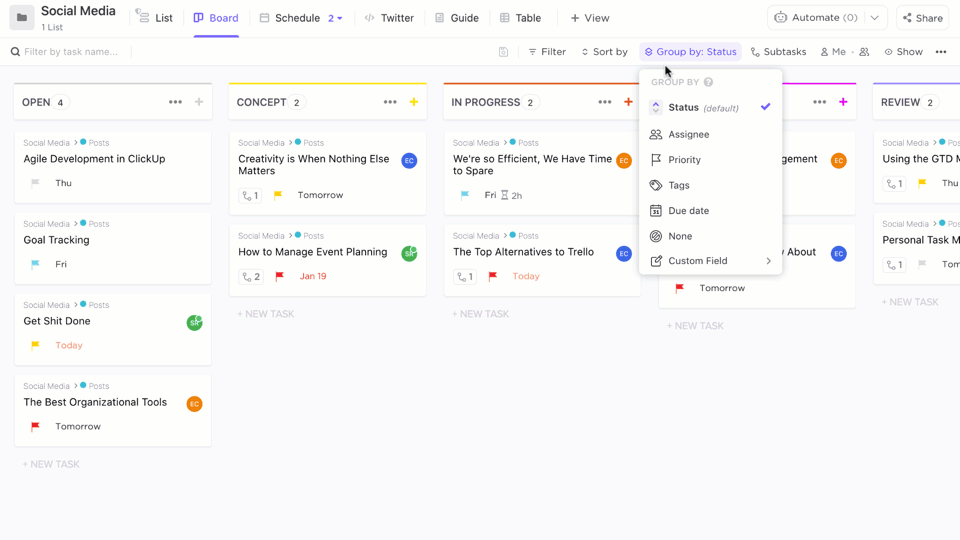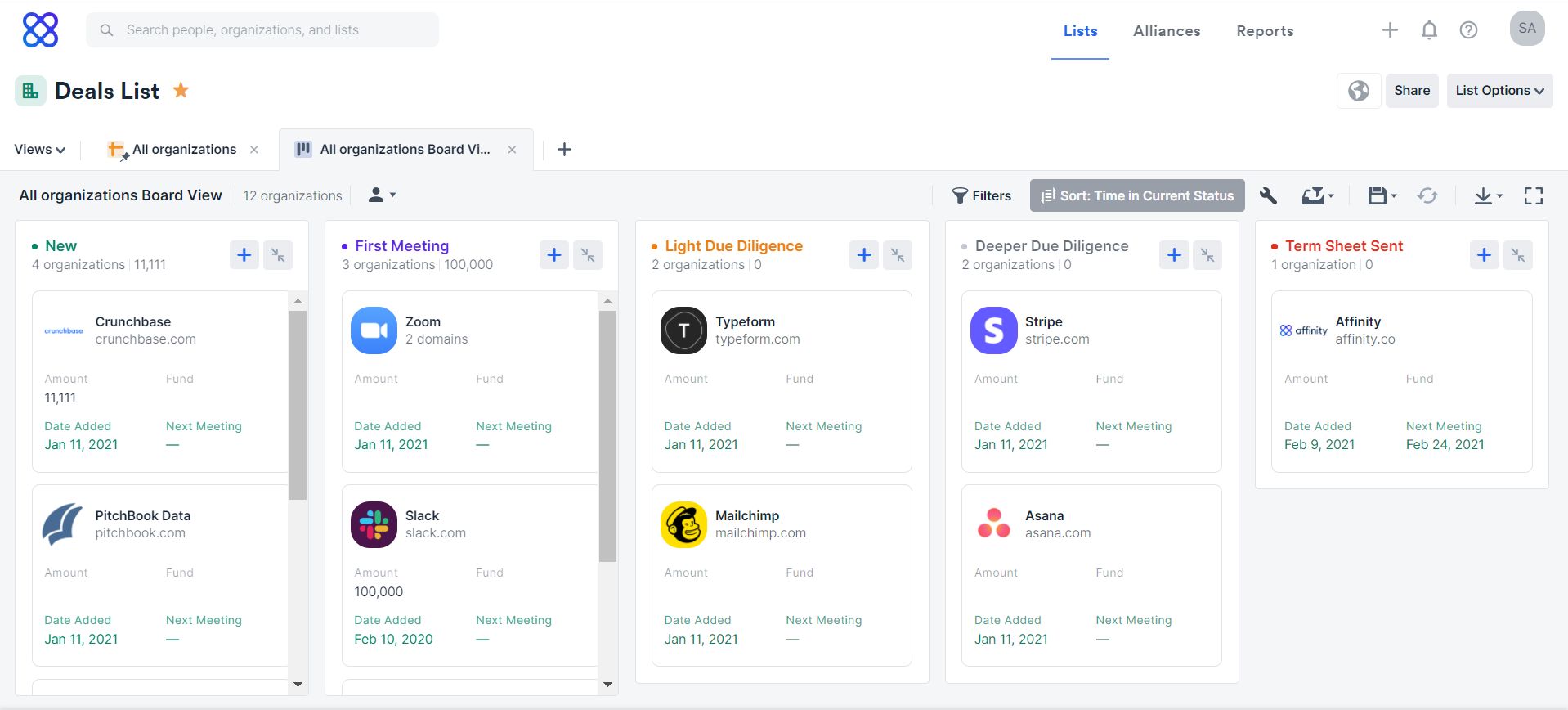
The default settings for the Board Detail View object are available in the Draftsman - Defaults page of the Preferences dialog. Click again to set the position of the Board Detail View expansion.

The Detailed View will appear floating on the cursor. Move the mouse then click to specify the radius of the view area (the Board Detail View source).Click at a point on the drawing to specify the center of the target Board Detail View area.When the command is launched the cursor will change to a crosshair indicating Board Detail View placement mode. Click on the Drawing Views toolbar ( View » Toolbars » Drawing Views toĮnable) then choose Circle area detail view or Rectangle area detail view to select the shape of the view.Right-click in the drawing design space then select Place » Additional Views » Board Detail View from the context menu then select either Circle area detail view or Rectangle area detail view to.Of the view by choosing Circle area detail view or Rectangle area detail view. Click on the Active Bar located at the top of the design space then select the shape.Choose the Place » Additional Views » Board Detail View command from the main menus then select either Circle area detail view or Rectangle area detail view to choose the shape of the view.The view placement is accessed from the Draftsman Editor as follows: The Board Detail View is available when a suitable source board view (see above) has been placed in a Draftsman document. The Board Detail View's magnification factor (scale), labeling and line attributes are all configurable in the Properties panel. It may be added Draftsman graphical board views suchĪs the Assembly View, Isometric View, Fabrication View, Section View, and Drill Drawing View. The Draftsman document Board Detail View feature allows a defined area of an existing drawing to be brought out to a floating, magnified view of its detail. This will return the view to the level that was clicked.Two board Detail Views (right) applied to a Fabrication View Summary To go back up a level, the user can click on the thread title. The user can drill further down, opening additional layers of the thread, by following the reply links. For example, if the discussion has this structure:Īdditional replies will be accessible by clicking on the replies link for the selected response. When viewing a discussion using the threaded view, only the top response of each thread is shown. To use the threaded view, use the show replies as pull down menu and select threaded view. The second primary view type is the threaded view.

To view only responses and see no referenced thread, use the show replies as pull down menu to select flat view with no thread on the discussion page. The flat view with nested threads is the default viewing method.

With the flat view, users can view responses with or without threads.

This view shows responses flat in thread order, like the example above. The default discussion board view is the flat view. These views use one basic structure but differ in other ways. The discussion boards feature two main viewing styles - a flat view and a threaded view. Feedback Studio Student Website Discussion board view types


 0 kommentar(er)
0 kommentar(er)
